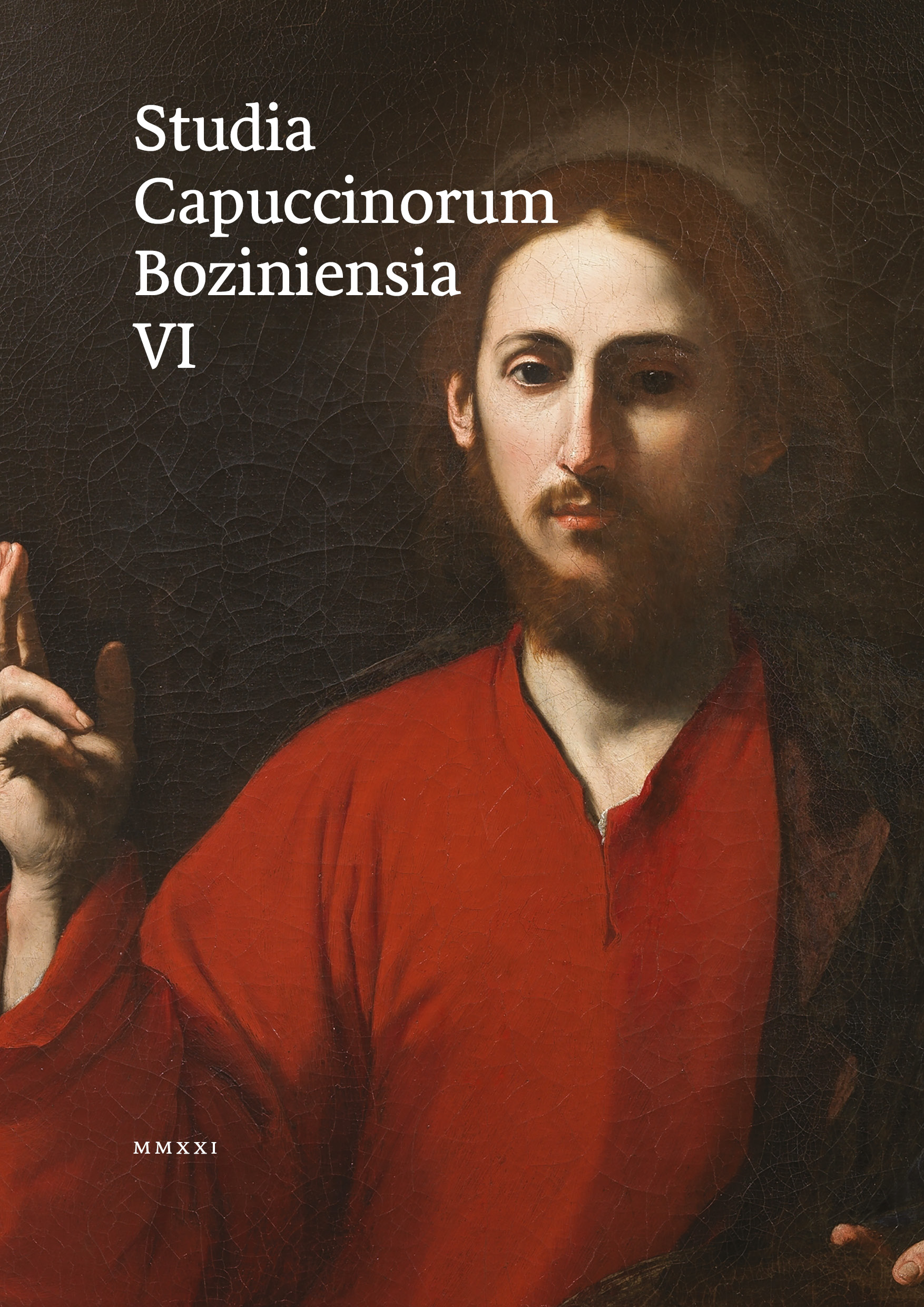Trojkráľový sprievod – mestská forma slávenia Troch kráľov
The Three Kings Cortege – an Urban Form of the Commemoration of the Magi
Author(s): Anna A. HlaváčováSubject(s): Christian Theology and Religion, Customs / Folklore, Theology and Religion, Cultural Anthropology / Ethnology, Culture and social structure
Published by: Vydavateľstvo Minor, Kapucíni na Slovensku
Keywords: The Three Kings Cortege;tradition;celebration;urban form;
Summary/Abstract: This text reflects the issue of the Epiphany performances within the urban phenomenon of the festive Three Kings cortege, which bears resemblance to a royal entry. The phenomenon of folk piety is not bound solely to the rural context; it does not result exclusively from the zealous initiative of the peasant, but also from performative practices initiated by the clergy, which were at some point passed on to laymen. Besides the flow of the mutual influence between rural and urban locals, both environments also would proceed independently when looking for inspiration in the same biblical source – hence the extension of the Christmas narrative to include a story from Genesis. Historical documents confirm the dramatized celebration of the Epiphany in the Slovak territory (former Hungaria Superioris) in its specifically urban form. Its earliest records can be found in the city accounting books from 15th century. Literary heritage, chronicles, and wood engravings testify to a great variability of forms. The formal diversity of the Three-King re-enactment is quite wide, from indoor plays to corteges and processions.In royal towns and church chapters, important diplomatic visits often took place on the Epiphany. They were accompanied by concerts and performances. Based on the phenomenon of “Zipser Jerusalem”, we believe that during the Epiphany performance in Spišská Kapitula, the bishop’s residence could have served as a representation of Herod’s Palace, which would be analogous to its documented function in the Passion play staged in the exterior. The preserved programme of the aforementioned play indicates to us the dimensions of the performance that would make its placement in the exterior a practical necessity.In case of Prague, we have toponymy-related arguments to consider when discussing the route of the Three Kings Cortege. There were attempts to ascribe an interesting mark to other buildings that served as a station – as it used to be in a mansion-type theatre, where the audience moved from scene to scene, the individual motifs were “collected along the route” and the overall picture consisted of the scenes where characters and themes could be repeated for the great number of moving viewers. Certainly, mansion aesthetics, which was left behind its toponymous trace, could only be applied to the old history of the existence of the Three-King cortege. As for Bratislava, when the royal city of Pressburg became a coronation city, it naturally also developed a sophisticated urban culture around the Feast of the Epiphany – as had happened in other coronation cities such as Cologne, Paris and Prague where this development had been facilitated by the experience with royal adventus.At the end of the 2010s, the Three-King cortege reappeared in Bratislava after it had emerged in Central Europe generally – undoubtedly as an expression of joy of freedom after the fall of the communist regime. In an apendix we publish (with the kind permission of Pavel Hudak) the recent Three-King cortege play.
Journal: Studia Capuccinorum Boziniensia
- Issue Year: 6/2021
- Issue No: 1
- Page Range: 115-136
- Page Count: 22
- Language: Slovak

